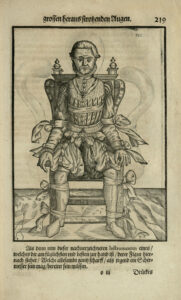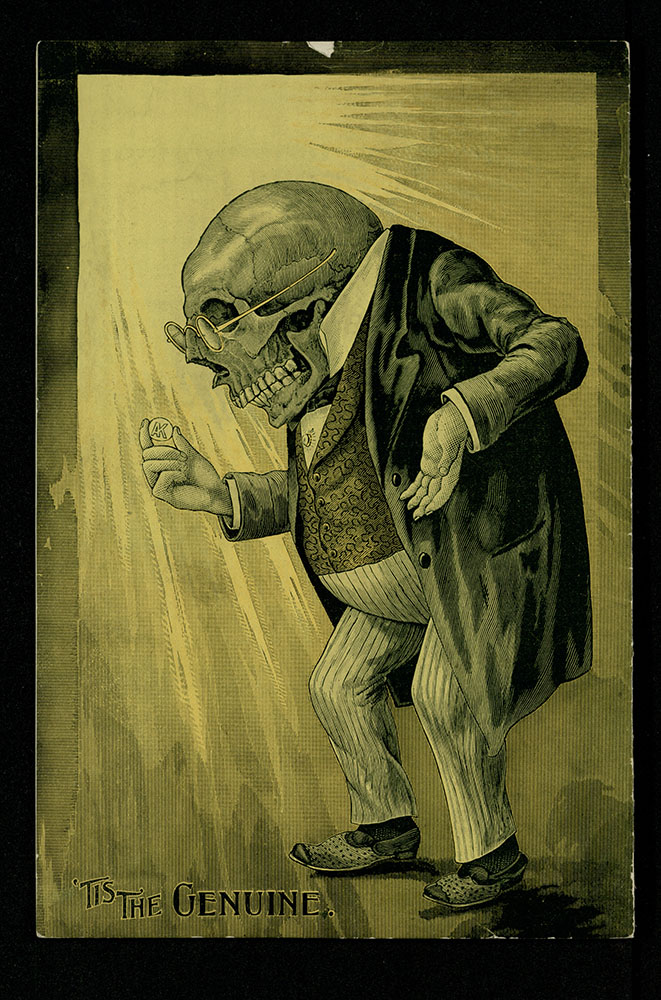– by Patrick Magee, Visitor Services/Gallery Associate
As covered in previous Mütter Medicine Mondays posts, the cutting edge of medical treatment is rarely a place free from debate. A common theme found in emergent medicine is the trade-off: what inconveniences will be had, or sacrifices will be made, to improve one’s prognosis overall? Radiation and radium therapy remain at the forefront of these discussions due to their roles as diagnostic tools and treatments for maladies like cancer, but their medical uses present similar dilemmas to those seen throughout the world when other forms of nuclear energy are invoked.



